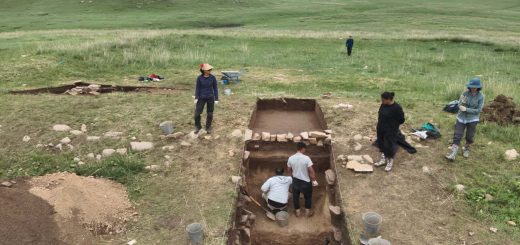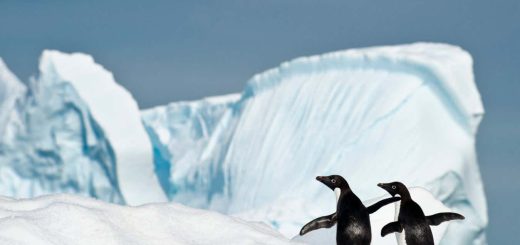It is impossible to build a practical quantum broadcaster
A quantum broadcasting system would end up sending slightly different information to every receiver – and efforts to sidestep this problem are too inefficient for practical use
By Karmela Padavic-Callaghan
15 August 2025
Can we broadcast quantum information?
Weiquan Lin/Getty Images
Sharing quantum information the same way we broadcast TV or radio programs may be impractical – even for mathematical schemes that sidestep the limitations posed by quantum physics.
Read more
The mathematical theory that made the internet possible
We have long known that quantum copy machines could never exist because the laws of quantum physics forbid any piece of quantum information from being duplicated, a rule called the no-cloning theorem. But then physicists started exploring whether they could avoid breaking this law and still distribute – or broadcast – copies of quantum information to many receivers.
To do so, researchers would have to allow the quantum copies to differ slightly and to add new information-processing steps for the receivers. Now, Zhenhuan Liu at Tsinghua University in China and his colleagues have shown that these schemes may be prohibitively impractical.
“There’s no ‘Ctrl+C’ in the quantum world,” says Liu. “If you want to send quantum information to multiple receivers, there’s no efficient shortcut – you simply have to prepare enough copies and send each of them.”
The researchers focused on a previously proposed protocol for “virtual quantum broadcasting”, where information is manipulated so that different states are correlated with each other but aren’t direct physical replicas of one another. In this case, the message delivered to each receiver wouldn’t be an exact copy, but the copies would share enough properties to be useful. It is comparable to a situation in which a TV network simultaneously broadcasts a slightly different serialized drama to each household, but keeps the story, on average, the same. Although this protocol certainly works, says team member Xiangjing Liu at the National University of Singapore, the researchers wanted to know if it is efficient.


